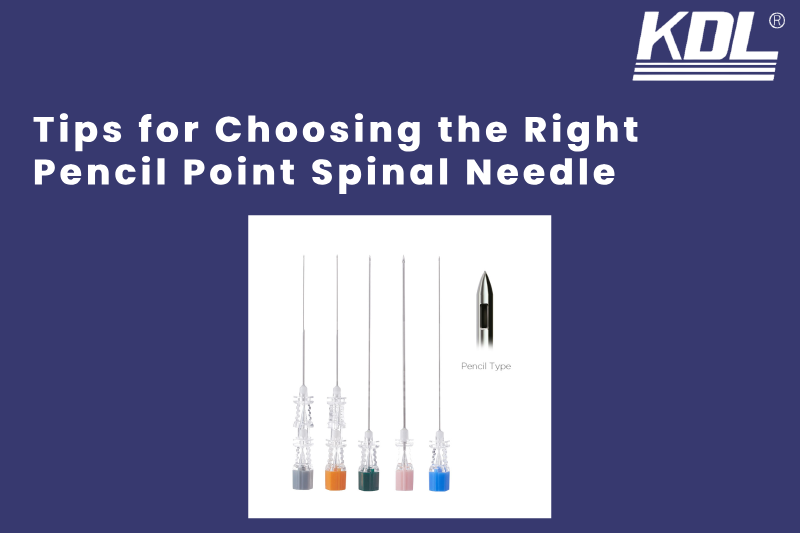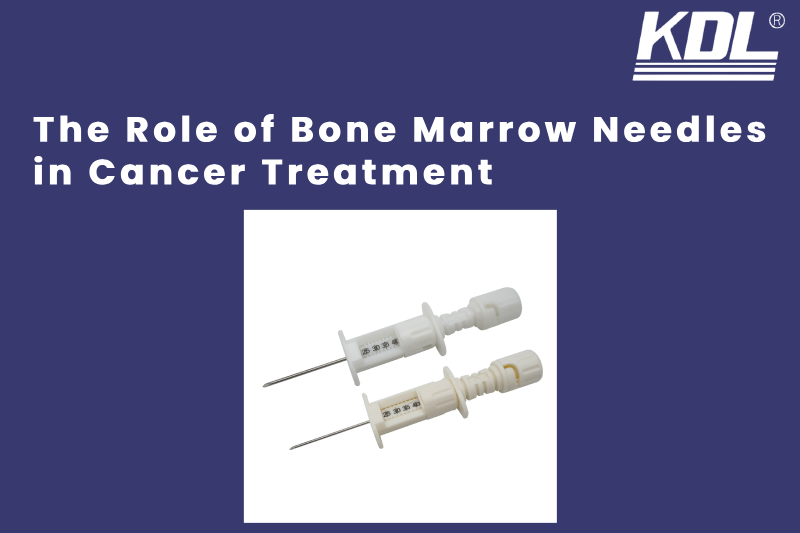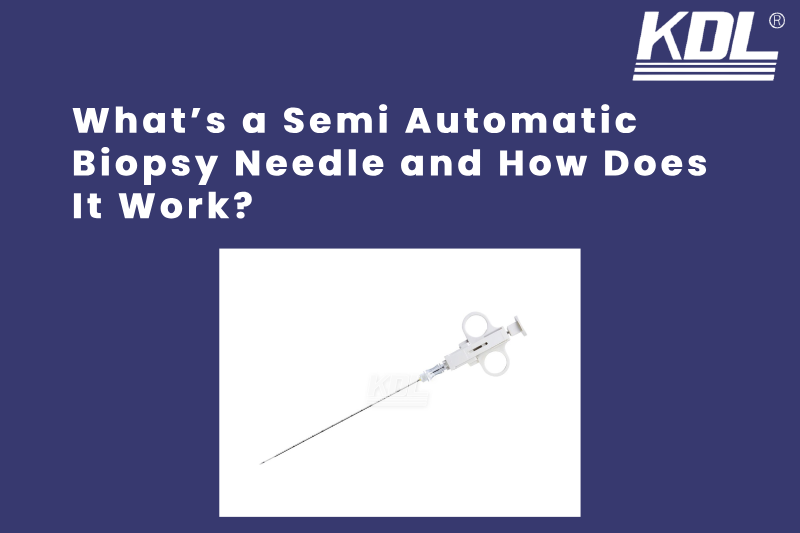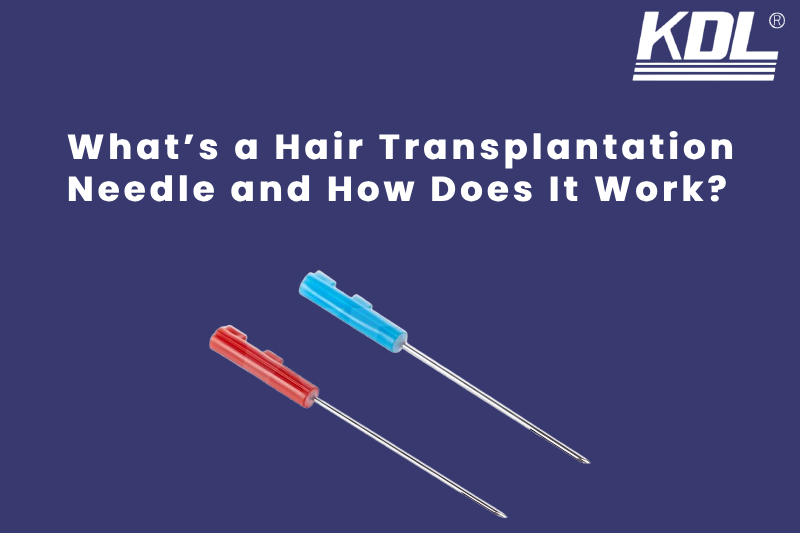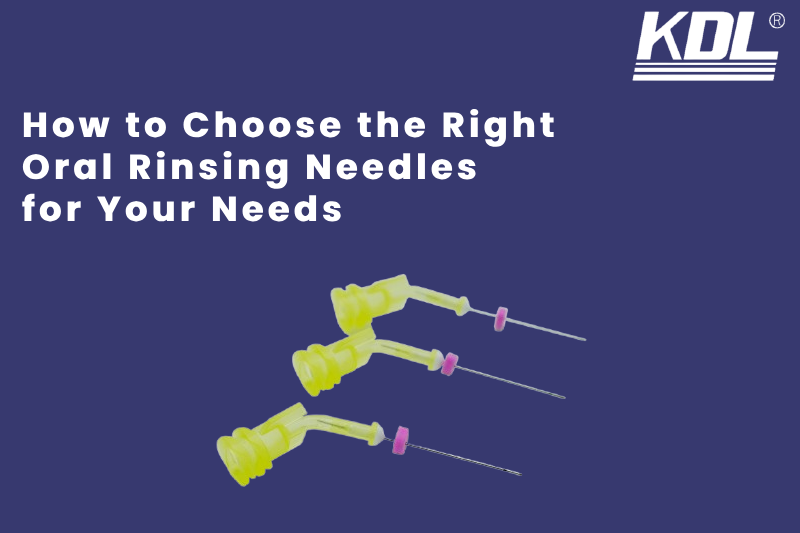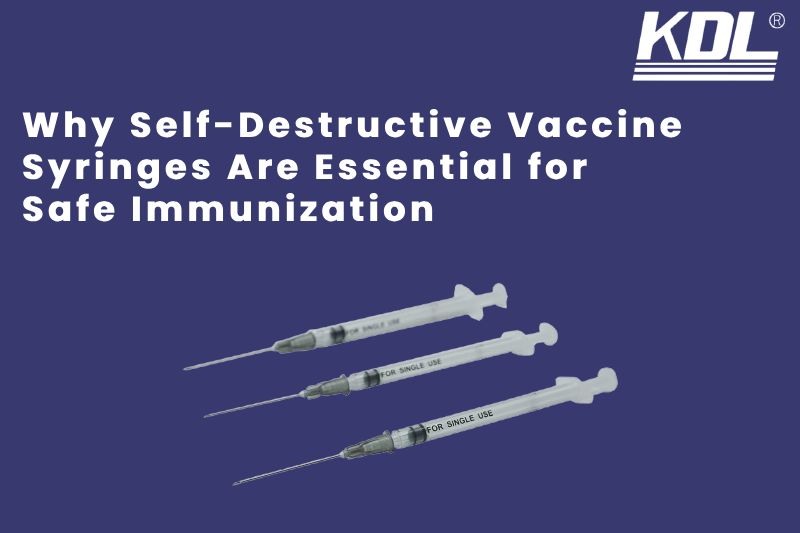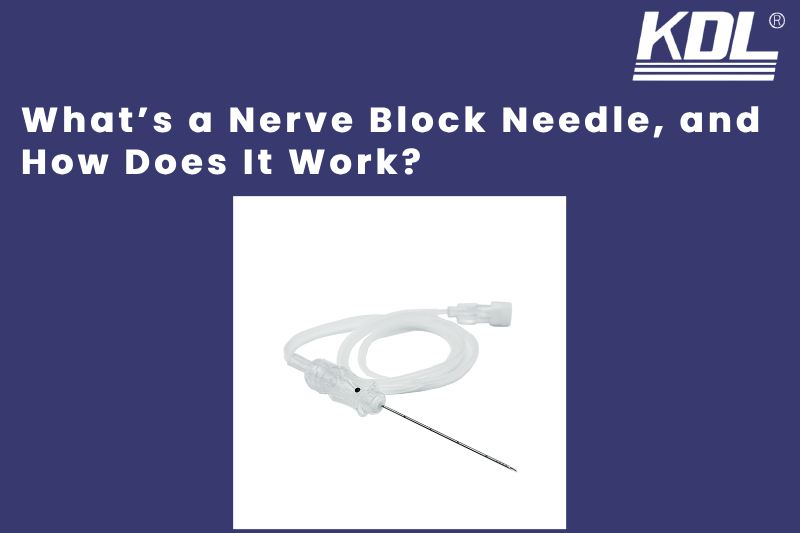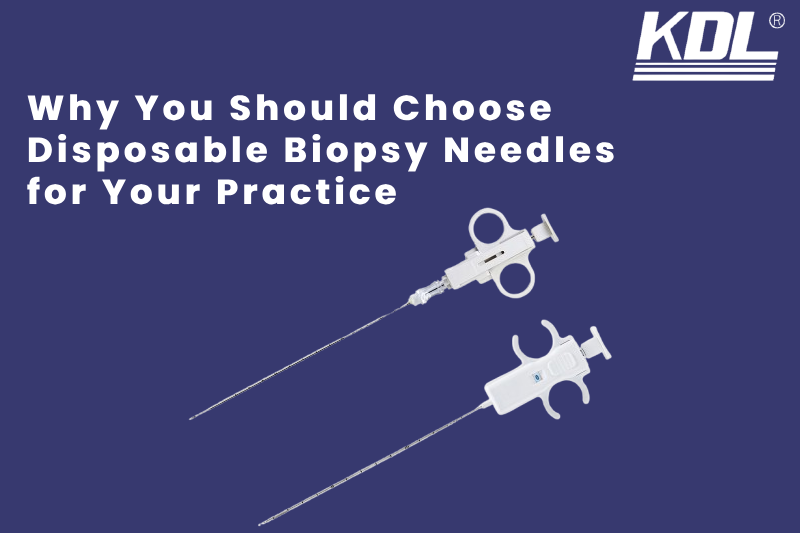
Bone marrow infusion sets play a vital role in certain medical treatments, such as bone marrow transplants. Because these procedures are complex and involve delicate handling, safety features in these sets are extremely important. This post will help you understand the different safety features found in modern bone marrow infusion sets, compare what various brands offer, and explain why choosing the right features matters.
What Are Bone Marrow Infusion Sets?
Bone marrow infusion sets are tools used by doctors to deliver bone marrow or certain medicines directly into the bone. These sets typically include a needle, tubing, and connectors that allow for a safe and steady infusion. Because bone marrow treatments can be risky, it’s important that the tools used are designed with safety in mind to protect both the patient and the healthcare professional.
Key Safety Features
When choosing a bone marrow infusion set, there are a few important safety features to consider:
- Needle Safety Mechanisms: Some needles come with safety caps or retractable designs that help prevent accidental needle sticks after use. This is important for keeping healthcare workers safe.
- Sterility Assurance: Bone marrow infusion sets should always be sterile to prevent infections. Single-use sets that are thrown away after one use reduce the risk of contamination.
- Material Quality and Biocompatibility: The materials used in the infusion set should be non-toxic and gentle on the body. Biocompatible materials help reduce reactions or irritations.
- Ease of Handling: Look for sets that are designed to be easy to handle. Ergonomic designs make it simpler to use the set correctly and help prevent mistakes.
These features play a big role in making sure treatments are as safe as possible.
KDL Bone Marrow Infusion Sets: Safety First in Medical Care
KDL designs bone marrow infusion set, focusing strongly on safety and quality. They make the sets from biocompatible materials that help reduce the risk of adverse reactions, ensuring that the sets are gentle on the body. KDL designs its infusion sets to be disposable bone marrow infusion set and for single use, which means they come pre-sterilized and users should discard them after one use.
This significantly lowers the risk of contamination and infection for patients. The sets also feature advanced safety caps that lock in place automatically after use of the needle. This feature helps protect healthcare workers from accidental needle sticks and exposure to potentially infectious materials. Additionally, KDL designs its products for easy handling with a user-friendly layout that minimizes the chances of errors during procedures.
How Safety Features Impact Clinical Outcomes
Safety features in bone marrow infusion sets can directly affect how well a procedure goes. For example, sets that have built-in safety caps or retractable needles can help reduce the chance of accidental needle sticks. This lowers the risk of spreading infections to healthcare workers. Sterile, single-use sets also make it less likely for patients to develop infections after the procedure.
Common Misconceptions About Bone Marrow Infusion Set Safety
Some myths about bone marrow infusion sets need clarification.
- Myth 1: All sets are equally safe. In reality, the quality and safety features of different brands can vary a lot. It’s important to look at each brand’s safety features before choosing.
- Myth 2: Reusable sets are always better because they save money. While reusable sets may seem like a good deal, they carry a higher risk of contamination if not cleaned properly. Single-use sets can be safer and more convenient.
- Myth 3: Safety features only matter for healthcare workers. While designers create many safety features to protect doctors and nurses, these features also help keep patients safe by reducing the risk of infection or other problems.
How to Choose a Bone Marrow Infusion Set with the Right Safety Features
Here are some tips to help you pick the best bone marrow infusion set:
- Ask about needle safety mechanisms. Look for features like safety caps or retractable needles to help reduce risks.
- Check if the set is single-use or reusable. Single-use sets are generally safer because they remain sterile and people discard them after one use.
- Find out what materials are use. Ensure that the materials used to make the set are biocompatible, non-toxic, and hypoallergenic.
- Consider the ease of use. Sets with ergonomic designs make handling easier, helping reduce mistakes during the procedure.
Conclusion
Bone marrow infusion sets are important tools in certain medical treatments, and choosing a set with the right safety features can make a big difference. By understanding what to look for and comparing different options, you can find a set that meets your needs and keeps both patients and healthcare workers safe. Make sure to research carefully and choose wisely for the best possible outcomes.
 +86-791-8686-1216
+86-791-8686-1216 


